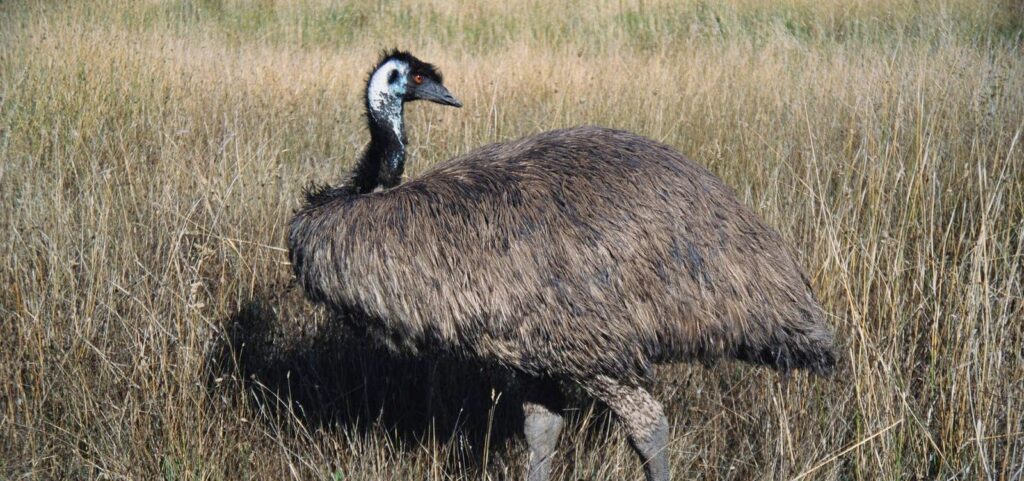
The Real Story Behind Australia’s Great Emu ‘War’ Of 1932 (And Why They Lost—Twice)
In the early 20th century, a peculiar conflict unfolded in Western Australia. Dubbed the “Great Emu War,” this infamous episode has taken on mythical proportions, with tales of emus outsmarting and evading human attempts to eradicate them. The truth behind this event is far more fascinating than any exaggerated account could convey.
It began in 1932 when farmers in the region started reporting significant crop losses due to the presence of a large number of feral emus (Dromaius novaehollandiae). In response, the Australian government deployed military forces to cull the birds and restore agricultural productivity. However, the emus’ impressive ability to adapt and evade capture led to two failed attempts at eradication.
The initial attempt saw soldiers armed with machine guns take on the birds in a series of skirmishes. What seemed like an easy target quickly turned into an exercise in frustration. The emus demonstrated remarkable group dynamics and evasion tactics, scattering upon sensing danger, making it nearly impossible to target more than one or two at a time. Their running speed (up to 31 mph) and zigzag patterns further hindered the military’s efforts, as machine gun fire proved ineffective.
After a week of battles with minimal success, the government withdrew its forces, acknowledging defeat. Undeterred, they launched a second operation later that month, but once again, the emus proved too resilient. It was clear that these birds were not going to be easily defeated.
So, what made the emus “immune” to gunfire? Their exceptional physical characteristics played a significant role in their success. Emus have strong legs that enable them to reach remarkable speeds and traverse long distances in search of food and water. They are opportunistic feeders, consuming a variety of plants, seeds, and insects. Their robust digestive systems allow them to thrive on sparse and nutritionally variable diets.
During breeding seasons, emus travel in large groups, which likely contributed to their ability to evade capture. Social structures and group dynamics further enhanced their survival as individuals could act as sentinels, warning others of danger. Moreover, their feathers provide insulation and camouflage, blending seamlessly with the Australian scrubland. In combination with acute eyesight and hearing that allowed them to scatter immediately upon detecting approaching threats from far away, they were incredibly difficult for the military to surprise, capture, or shoot.
This event highlights the importance of understanding human-wildlife conflict and adopting more sustainable approaches to addressing such issues. The Great Emu War serves as a reminder that it’s essential to consider the unique characteristics and adaptations of the species involved in these conflicts.
The outcome was not only embarrassing for the military but also a testament to the emus’ remarkable resilience.
Source: www.forbes.com


